Investment in green hydrogen is growing, but regulatory changes still needed to meet targets
The International Energy Agency's latest report on green hydrogen reveals that the sector will need to grow at 90% per year until 2030 to meet its targets
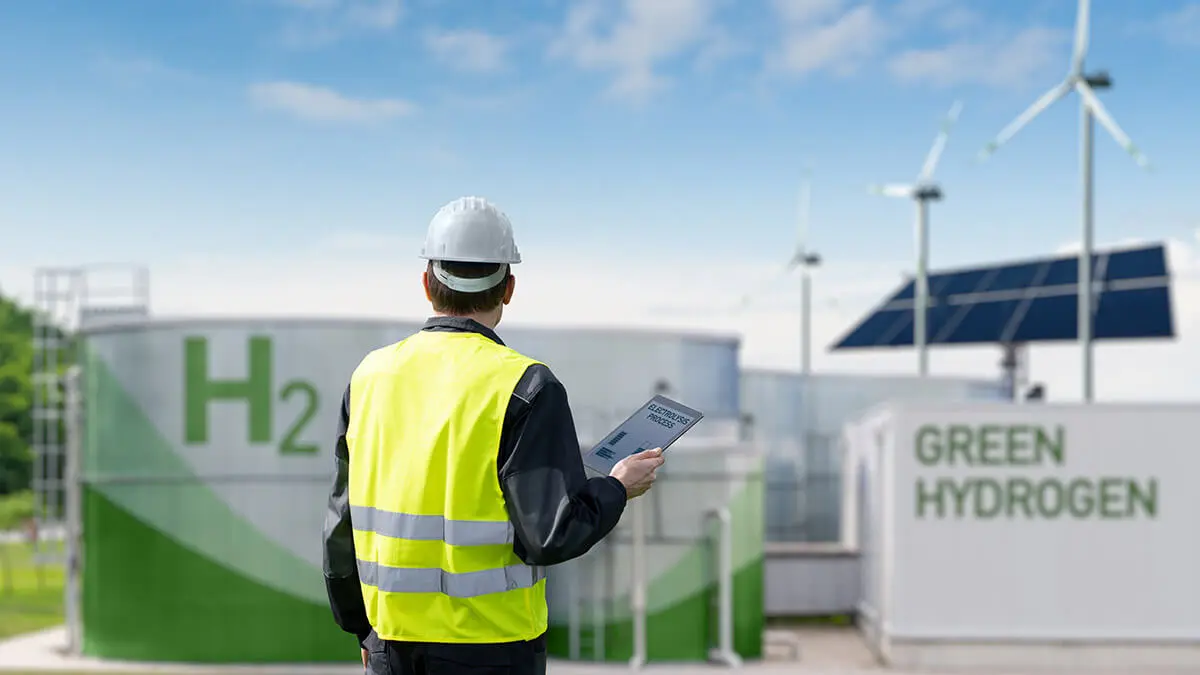
The International Energy Agency has just published its Global Hydrogen Review 2024 report, in which it takes a snapshot of the sector over the past year and sets out its growth forecasts for the future, as well as analysing the projects that are in the pipeline.
Hydrogen demand
Global demand for hydrogen reached 97 million tonnes in 2023, an increase of 2.5% over the previous year. By 2024, the agency's projections point to a demand of 100 million tonnes. This growth is driven more by the growth of economies than by the implementation of policies to support this energy.
Most of this growing demand is concentrated in the chemical and refining sectors, and is mainly met by hydrogen produced from mitigated fossil fuels.
As in previous years, hydrogen produced by low-emission means (so-called green hydrogen) played a marginal role, with production below 1 million tonnes in 2023, despite growing by 10% year-on-year.
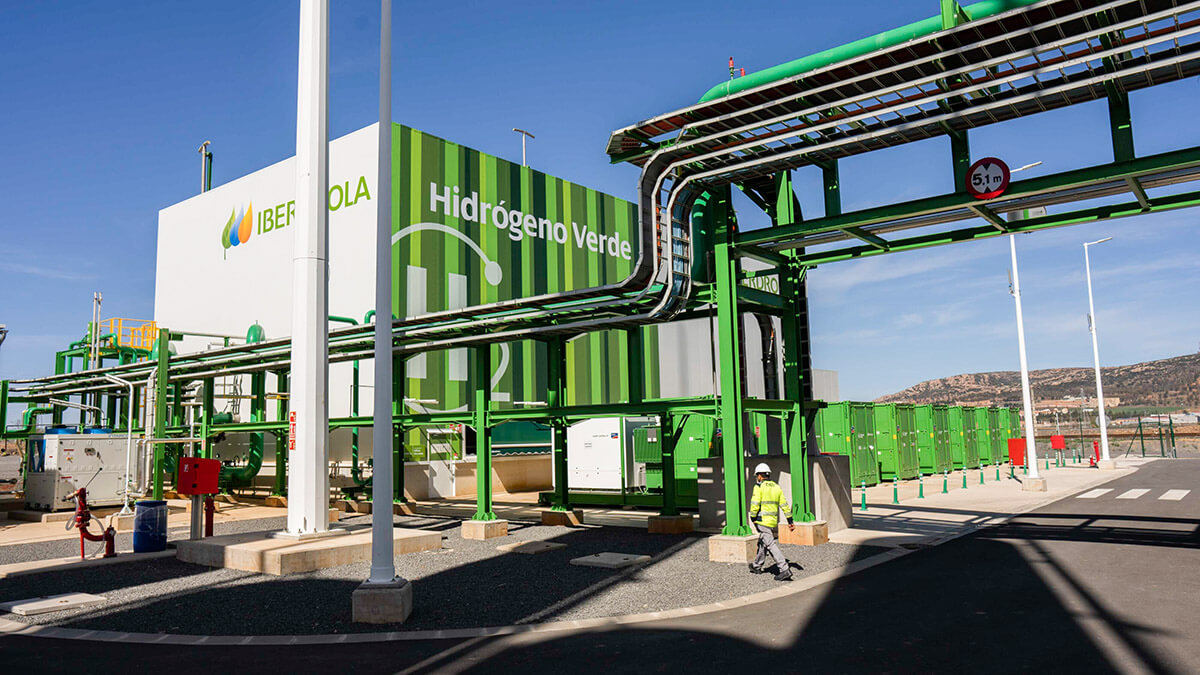
However, the International Energy Agency is optimistic that hydrogen produced by non-carbon generating sources could reach 49 million tonnes per year by 2030, thanks to the new projects that are being announced, mostly electrolysis-based projects.
Regional distribution
The distribution of demand by region remained virtually unchanged from 2022, with China as the world's largest consumer of hydrogen, accounting for almost a third of global demand (28 million tonnes).
China's consumption is double that of the second largest consumer, the United States, whose demand was 13 million tonnes, accounting for 14% of global demand for the year.
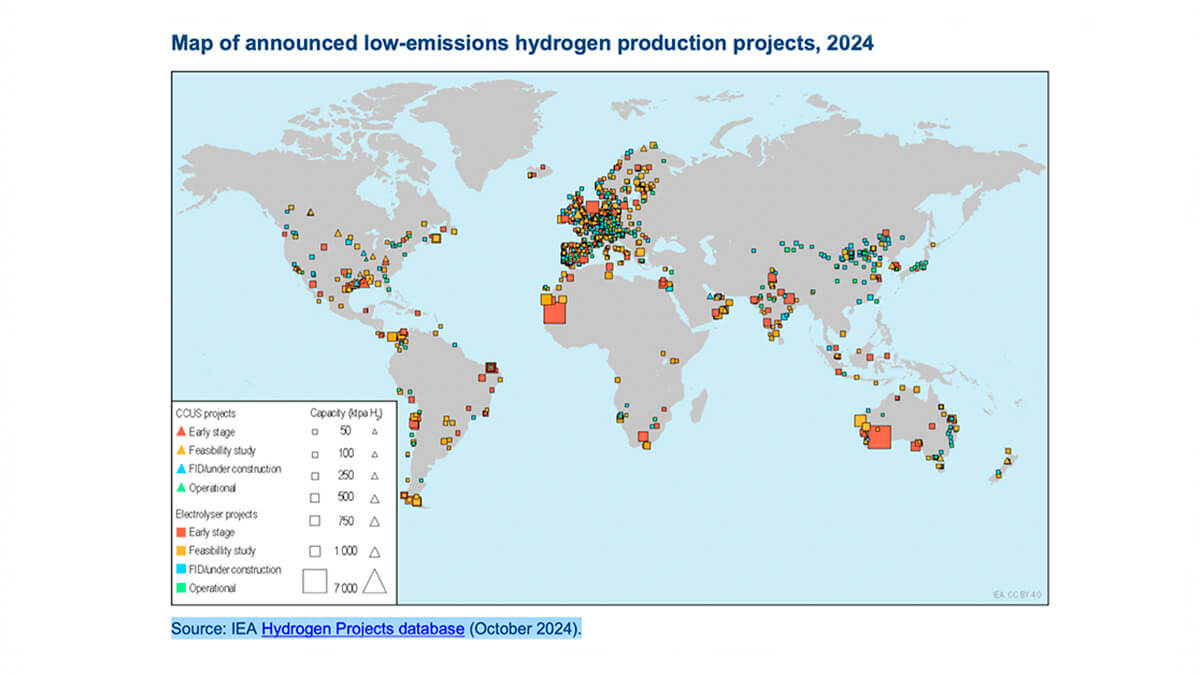
Demand grew moderately in all regions except the Middle East, where it grew at a higher rate (more than 6% year-on-year), due to increased demand in the refining and methanol production sectors, and in India, where growth exceeded 5% due to demand in the refining and steel production sectors.
New projects
According to the International Energy Agency report, both investment and the number of green hydrogen generation projects are growing, ‘although policies to stimulate demand in key sectors such as heavy industry, refining and long-haul transport are needed to accelerate deployment’.
The sector faces a number of obstacles, including regulatory uncertainty, persistent cost pressures and a lack of incentives to accelerate demand from potential consumers.
The report finds that the number of projects that have reached a final investment decision has doubled in the last 12 months, which would mean a five-fold increase in current global green hydrogen production by 2030.
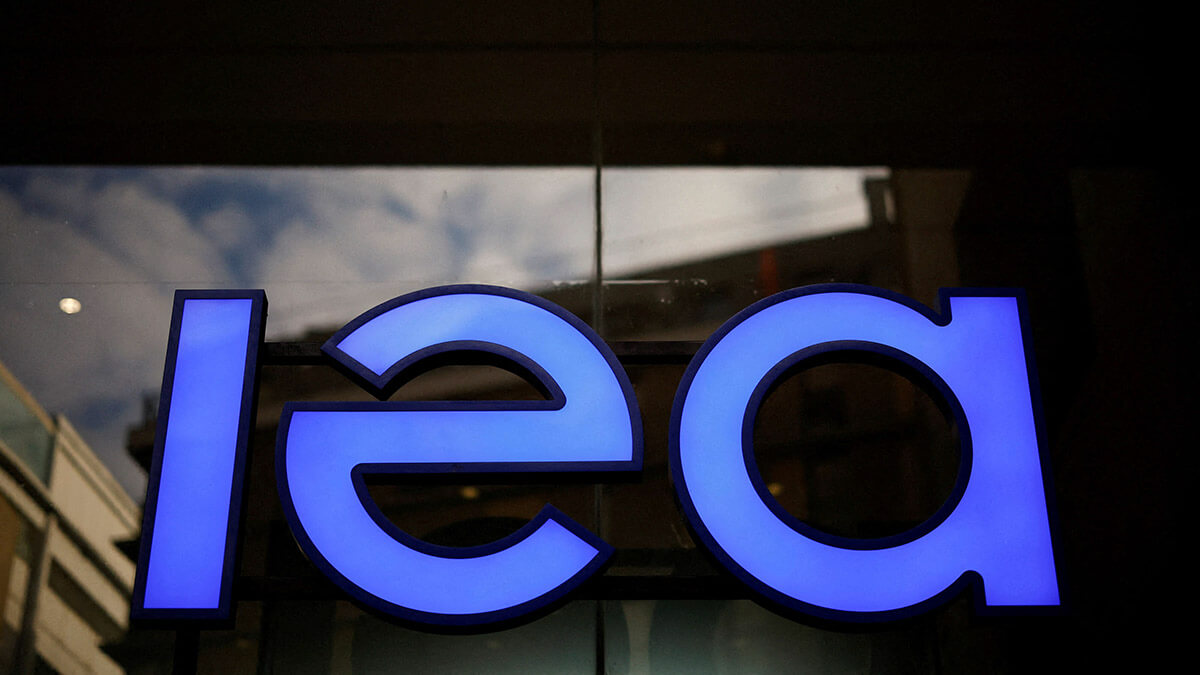
If all projects were to be realised, global production could reach 50 million tonnes per year by the end of this decade. But this would require the hydrogen sector to grow at a rate of more than 90% per year from 2024 to 2030, which would represent even higher growth than solar photovoltaics at its peak.
China dominates the market
Of the more than 6 gigawatts of electrolyser capacity approved for investment in 2023, China accounts for more than 40%. The Asian country dominates the electrolyser market, with more than 60% of global manufacturing capacity and a capacity of 25 gigawatts per year, well above the global average.
However, according to the report, both installed electrolyser capacity and green hydrogen volumes remain low, ‘as developers wait for clarity on government support before making investments. Uncertainty around demand and regulatory frameworks means that most potential production is still in the planning or early development phase, with some larger projects facing delays or cancellations due to these hurdles, along with permitting or operational issues,’ the IEA notes.
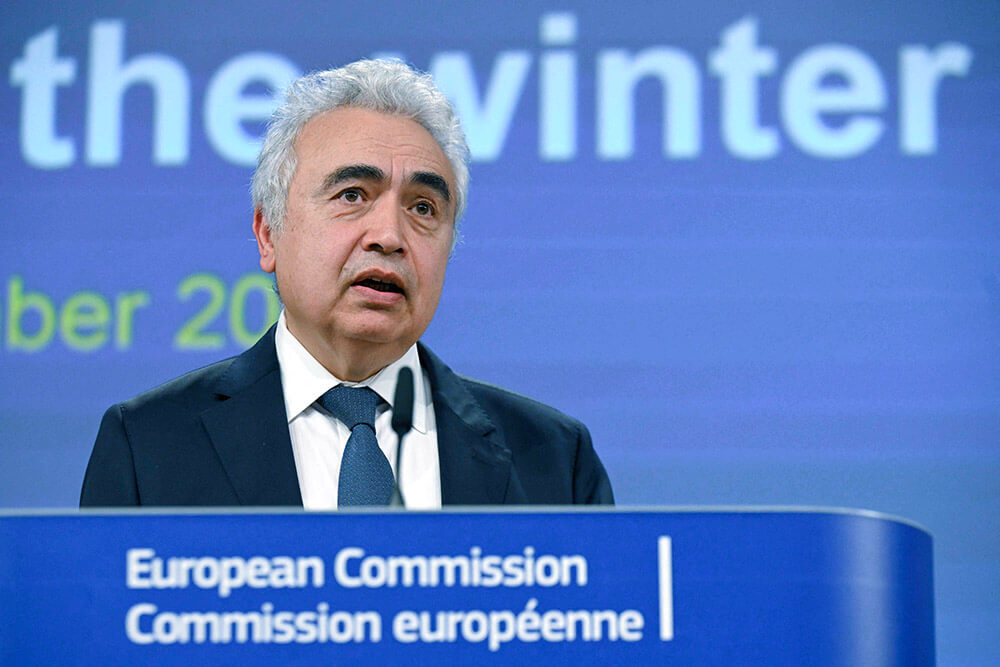
According to Fatih Birol, executive director of the International Energy Agency, ‘the increase in new projects suggests strong investor interest in developing green hydrogen production, which could play a key role in reducing emissions from industrial sectors such as steel, refining and chemicals. But for these projects to succeed, low-emission hydrogen producers need buyers. Policy makers and developers need to look carefully at tools to support demand creation, while reducing costs and ensuring that clear regulations are in place to support new investments in the sector.
Morocco, well positioned
Among the green hydrogen distribution projects, Morocco and Nigeria have launched a 5,600-kilometre hydrogen pipeline that will link the two countries and run along the West African coast, passing through 11 countries: Benin, Togo, Ghana, Ivory Coast, Liberia, Sierra Leone, Guinea, Guinea Bissau, Senegal, Gambia and Mauritania.
This new hydrogen pipeline will run parallel to a gas pipeline and its objective will be to transfer the hydrogen produced in Africa for export to European countries, with Morocco as a departure point.
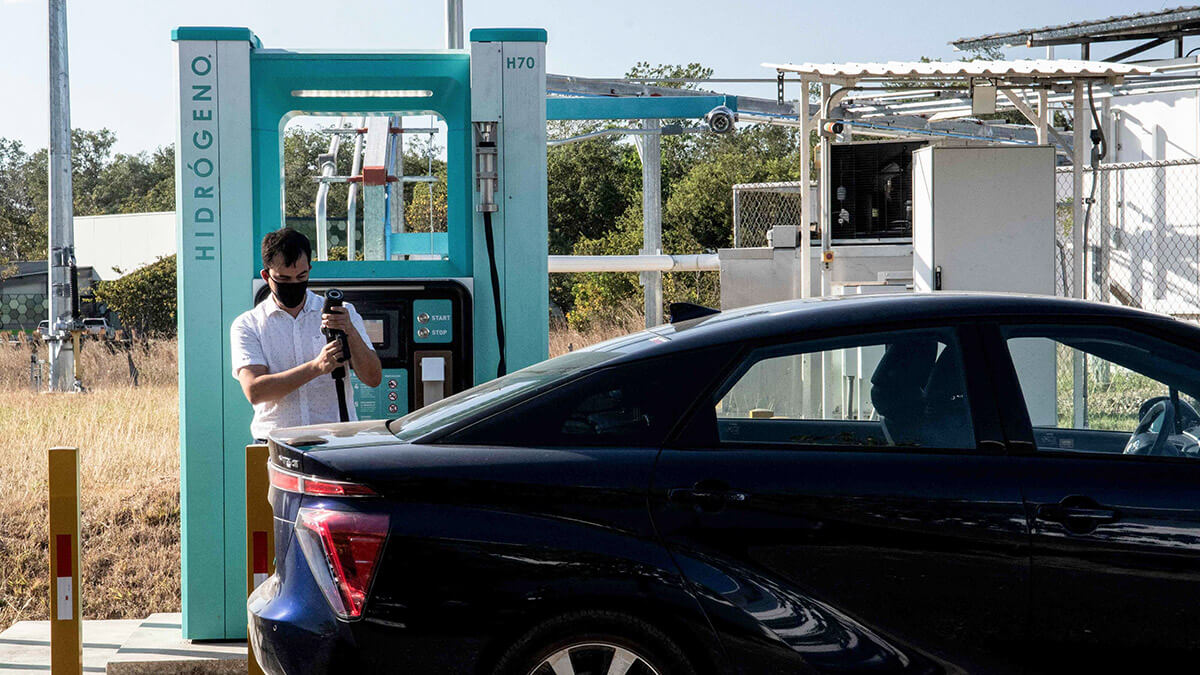
The cost of the project is around 25 billion dollars, which will be covered 50-50 by the Nigerian National Petroleum Company (NNCP) and the Moroccan National Office of Hydrocarbons and Minerals (ONHYM), according to the director general of this organisation, Amina Benkhadra, who announced last September.
Production vs. demand
The report also highlights the gap between production and demand targets: while production targets set by governments around the world amount to 43 million tonnes per year by 2030, demand targets amount to just 11 million tonnes over the same period, i.e. a quarter.
This has forced governments to implement a range of policies to stimulate demand for green hydrogen and hydrogen-based fuels. However, according to the report, the progress made so far in the hydrogen sector is not sufficient to meet climate targets.
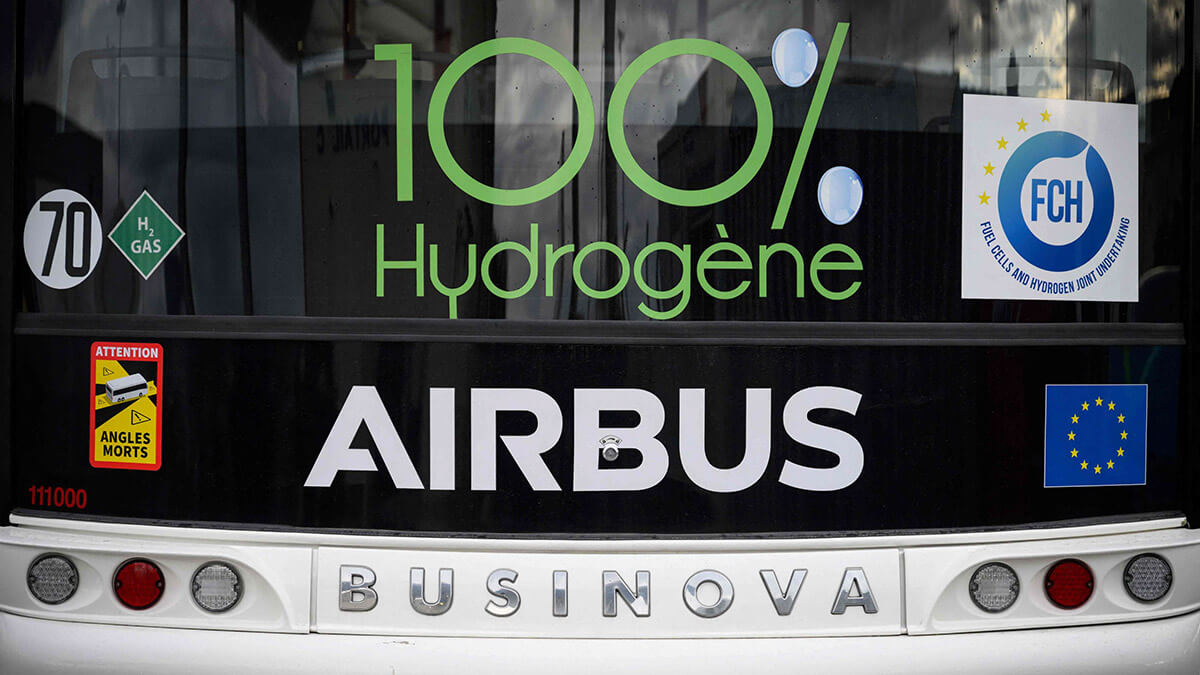
Recommendations
Finally, the report contains a series of recommendations to governments to improve the prospects for green hydrogen adoption and meet the proposed targets:
- Accelerate demand creation for green hydrogen by leveraging industrial clusters and public procurement.
- Support project developers to increase green hydrogen production and drive cost reductions.
- Strengthen regulation and certification of the environmental attributes of green hydrogen.
- Identify opportunities to start developing hydrogen infrastructure.
- Support emerging markets and developing economies to expand the production and use of low-emission hydrogen.








